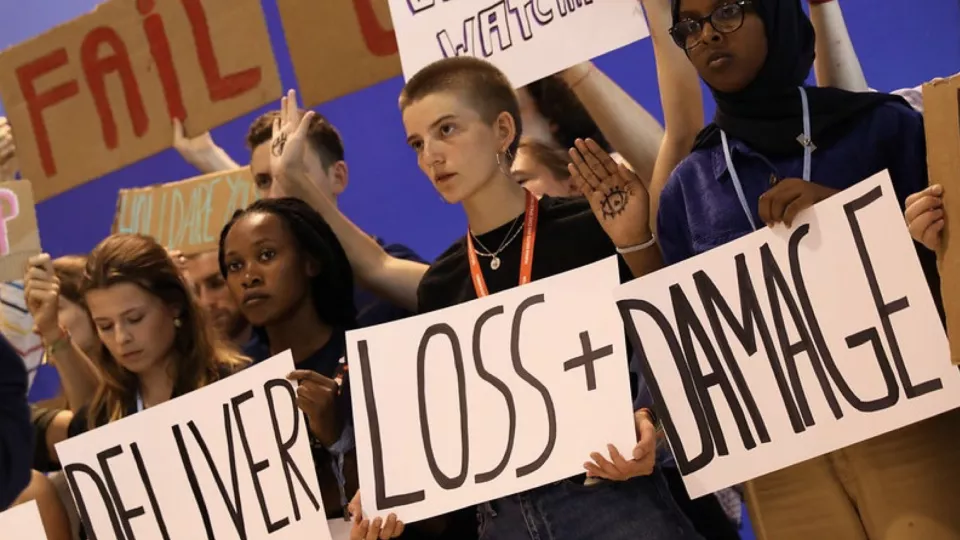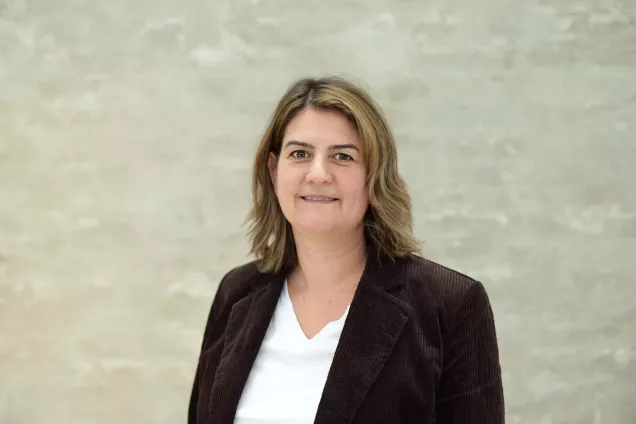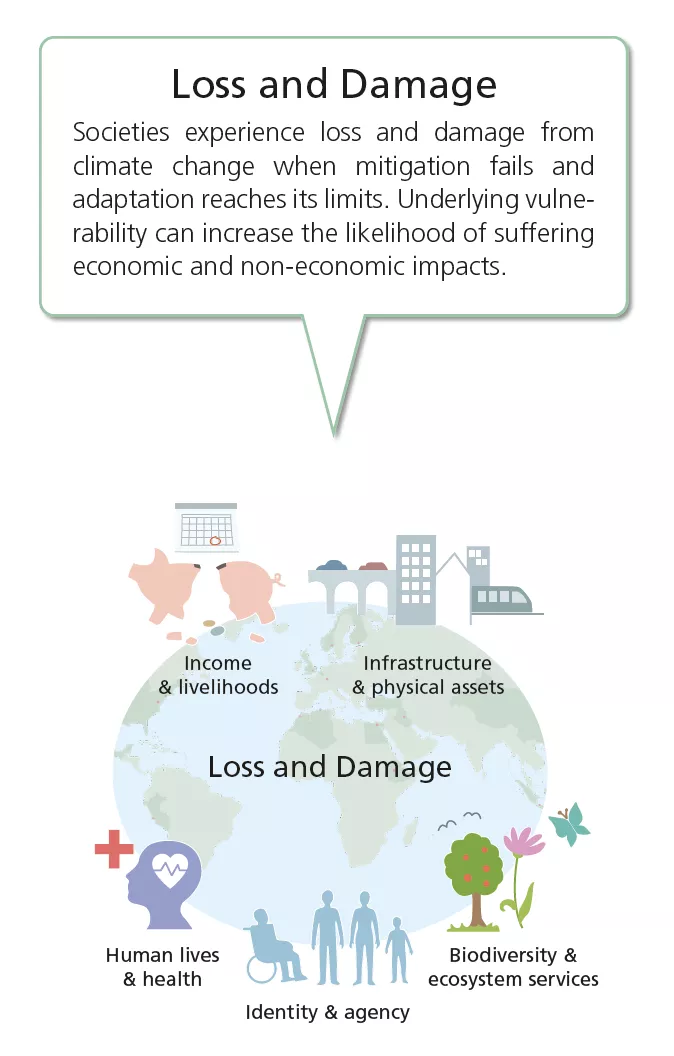Emily Boyd, director and professor at Lund University Centre for Sustainability Studies, is one of few experts in Sweden on climate-related losses and damages, which are referred to as loss and damage in the climate negotiations. She is currently at the UN climate change conference COP28 to participate in various events connected to this research area.
For several years, Emily Boyd has followed the struggle of developing countries and civil society to obtain compensation for loss and damage caused by a changing climate, and she is pleased that the fund is now being established, initially under the auspices of the World Bank. Contributions to the fund are voluntary, where countries can choose to contribute money.
At the same time, according to her, there remain many unanswered questions that must be clarified as soon as possible, such as: what types of losses and damages should be covered; to what extent should the country have been affected? How will the money be paid out? Should the World Bank also administer the fund in the long term?
These are central pieces of the puzzle for the fund to be able to make a difference for climate justice, she believes, and important to solve quickly, not least when the UN Meteorological Organization WMO's report Global Climate confirms that 2023 will be the warmest year since measurements began.
Important to define loss and damage
– Exactly how we define loss and damage from climate change will be important for how the support will be paid out. From civil society, they want this to be defined at the local level, and that different groups can identify what they see as the biggest damages, rather than it being determined by other actors, says Emily Boyd.
– It is also important that it is new money that finances the fund, rather than money being redistributed from climate adaptation measures. There must be additional funds added.
Emily Boyd herself researches non-economic loss and damages caused by climate change. This includes intangible loss and damage such as loss of cultural heritage, traditions and identity. In the long term, she hopes that compensation for these losses could also be included in the fund, something that could become a challenge, she believes, as these could become even more difficult to define and agree on.
– Losing one's home is not only a material loss, but can also mean that you lose your culture, your way of life, knowledge and important networks, especially if you have to move for good or if your surroundings change drastically, for example if the rainforest disappears. These losses are at least as important as the material damage caused by extreme weather.
Want Sweden to follow and finance the fund
Like many others, Emily Boyd also points out that the fund is currently far too small compared to what is actually needed. The need is expected to amount to 400 billion dollars a year, but so far the promised sums do not come close to that. For example, the host nation of the climate conference, the United Arab Emirates, has pledged $100 million, as has Germany, while the EU has pledged €25 million and the United States $17.5 million.
She also hopes that Sweden will follow the example of the neighboring countries Norway, Denmark and Finland, which at the time of writing have promised financial support to the fund.
– If Sweden supports the fund, it is an important sign that the government sees climate justice as a beacon. At the same time, discussions about phasing out fossil fuels must continue. It is important that we focus on reducing carbon dioxide emissions and that we do not use the fund as an excuse to do nothing. The fund needs to address the losses and damages that are already occurring, says Emily Boyd.
About COP
The world's countries meet once a year at the UN's global climate change conference, COP (Conference of the Parties). COP28 runs from 30 November to 12 December in Dubai, United Arab Emirates.


